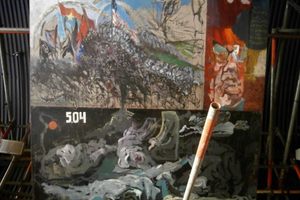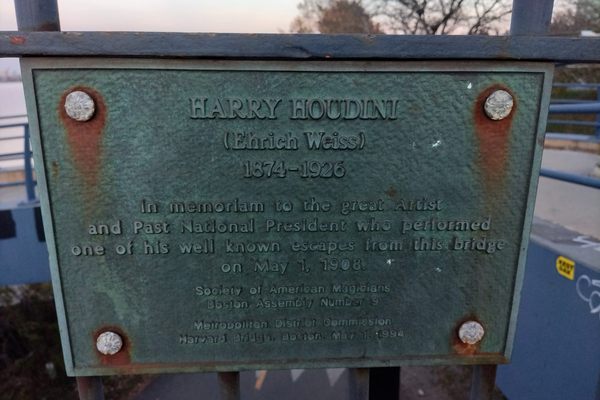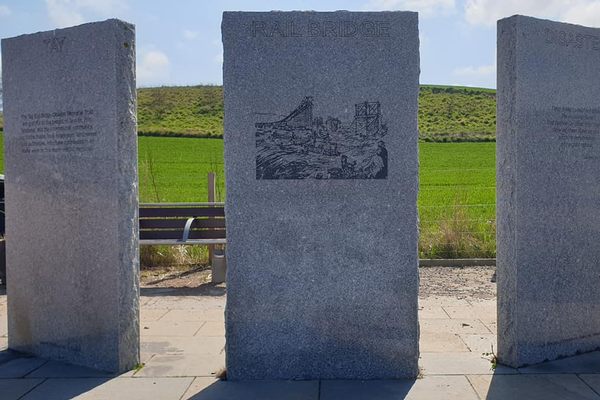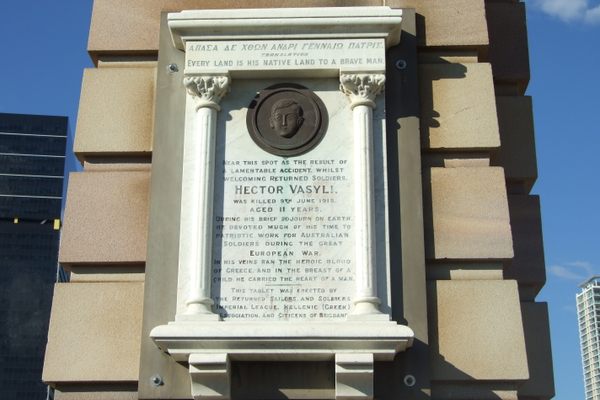About
If you cross the Thames River on the downstream side of the Golden Jubilee Bridges, you will pass the curious skateboard graveyard where broken boards are laid to rest—or rather, thrown to rest, as the graveyard sits on one of the bridge's freestanding support structures in the river.
The original Hungerford Bridge, erected in 1845, was a suspension bridge designed by the renowned engineer Isambard Kingdom Brunel. It was later replaced with a design by Sir John Hawkshaw, using only Brunels original buttresses and adding narrow, rattly walkways close to the train tracks on each side. (The chains from the original suspension bridge were reused for Brunel's most famous bridge, Clifton Suspension Bridge in Bristol.)
In the mid-1990s, it was decided to replace the walkways with footbridges, a decision that was sped on by the brutal, drug-fueled mugging and killing of 24-year-old skater Timothy Baxter who, along with his friend Gabriel Cornish, was beaten and thrown in the river from the narrow walkway in the summer of 1999. Only Cornish survived.
The two new footbridges were officially opened in 2002 given the name "Golden Jubilee Bridges" in honour of Queen Elizabeth II's 50 years on the throne, but they are also commonly known as Hungerford Footbridges. The Golden Jubilee Bridges are separate bridges partially attached to Hungerford Bridge, but also supported by pylons set into isolated support structures in the river. (This proved complicated for a couple reasons: due to the Bakerloo underground line that runs under the Thames, directly under the bridge, and also the fear of setting off unexploded World War II bombs buried in the muddy riverbed.)
Not far from the bridge, under the Southbank Centre, you'll find the hugely popular Southbank Skatepark. Sometime around 2008, the first broken skateboards appeared on one of the bridge's flat support structures, the one closest to the skatepark. The idea caught on, and more and more boards followed, reportedly thrown there in memory of the skater Timothy Baxter.
Every now and again, the council removes the skateboards, or somebody climbs down to rearrange them into letters or numbers, but the graveyard soon reverts to its natural state. It's doubtful that the Skateboard Graveyard was started as a deliberate memorial—it didn't appear until nine years after the killing, but in a town that embraces its psycho-geography, the past can change and the Skateboard Graveyard has become a poignant monument.
Related Tags
Know Before You Go
Be sure to take the downriver (East) bridge, the Skateboard Graveyard is near the Southbank. Visit the Southbank Skatepark by following the river East.
The nearest transport is Embankment station or the Embankment river clipper pier. Climb the nearest steps to the bridge and walk three quarters across.
Community Contributors
Added By
Published
October 27, 2016































